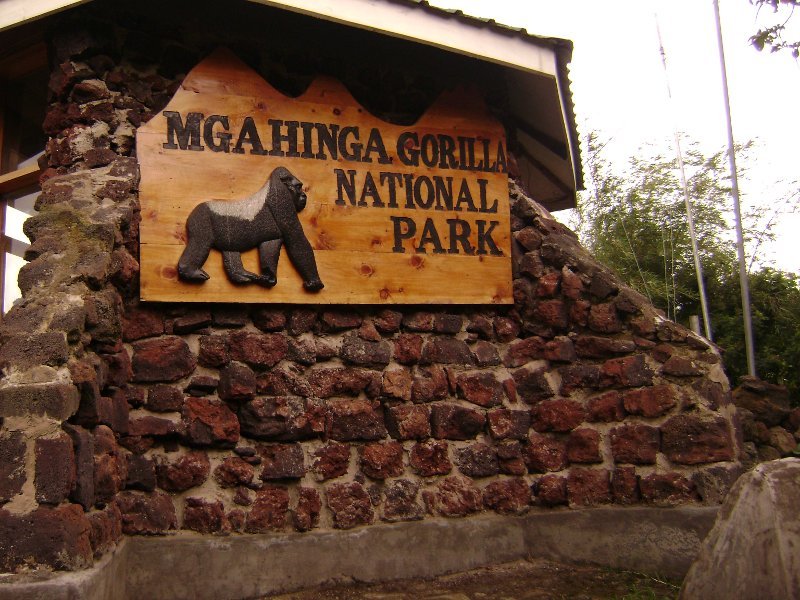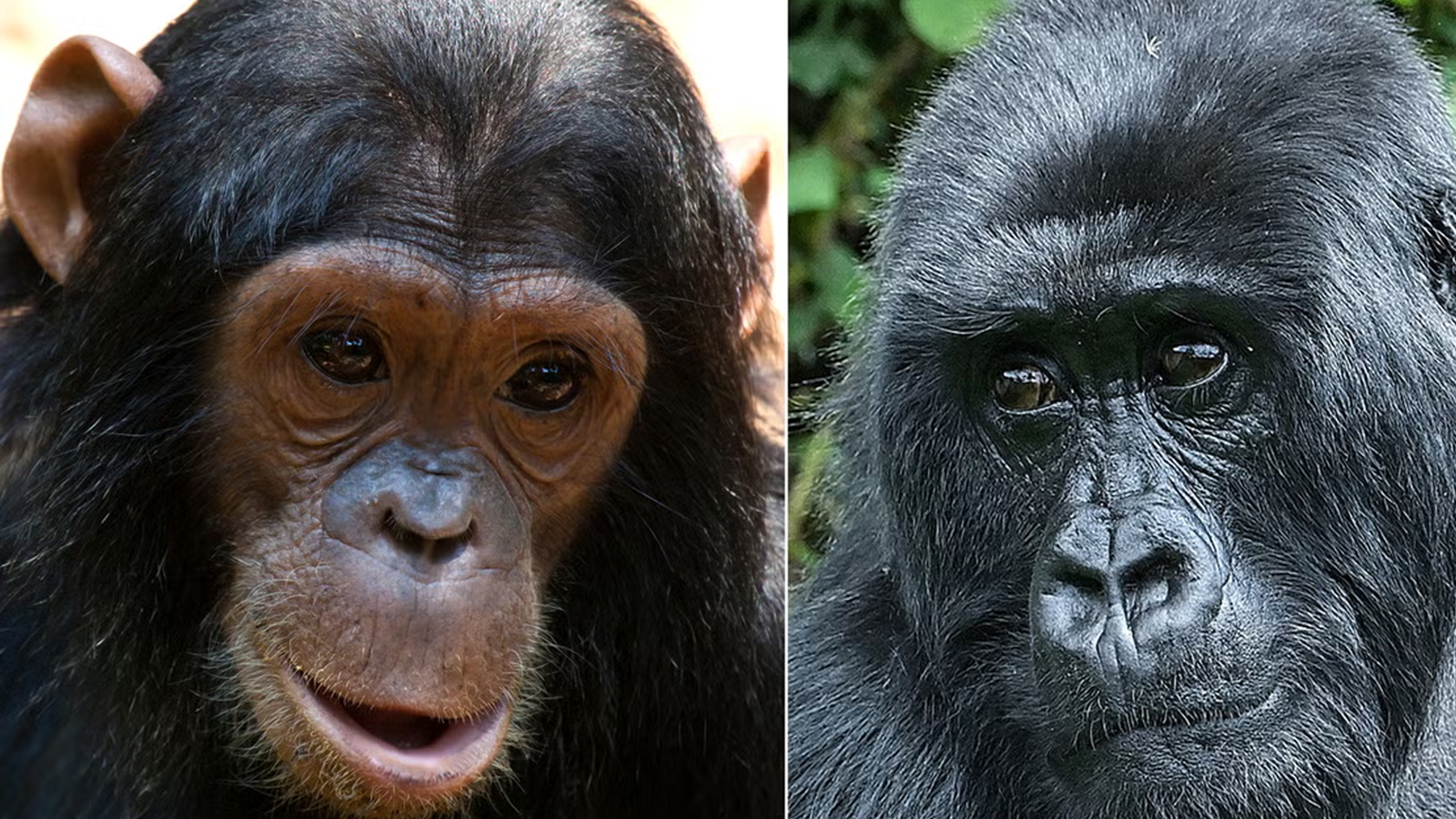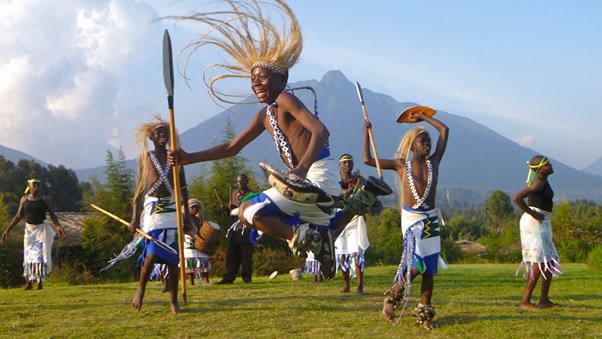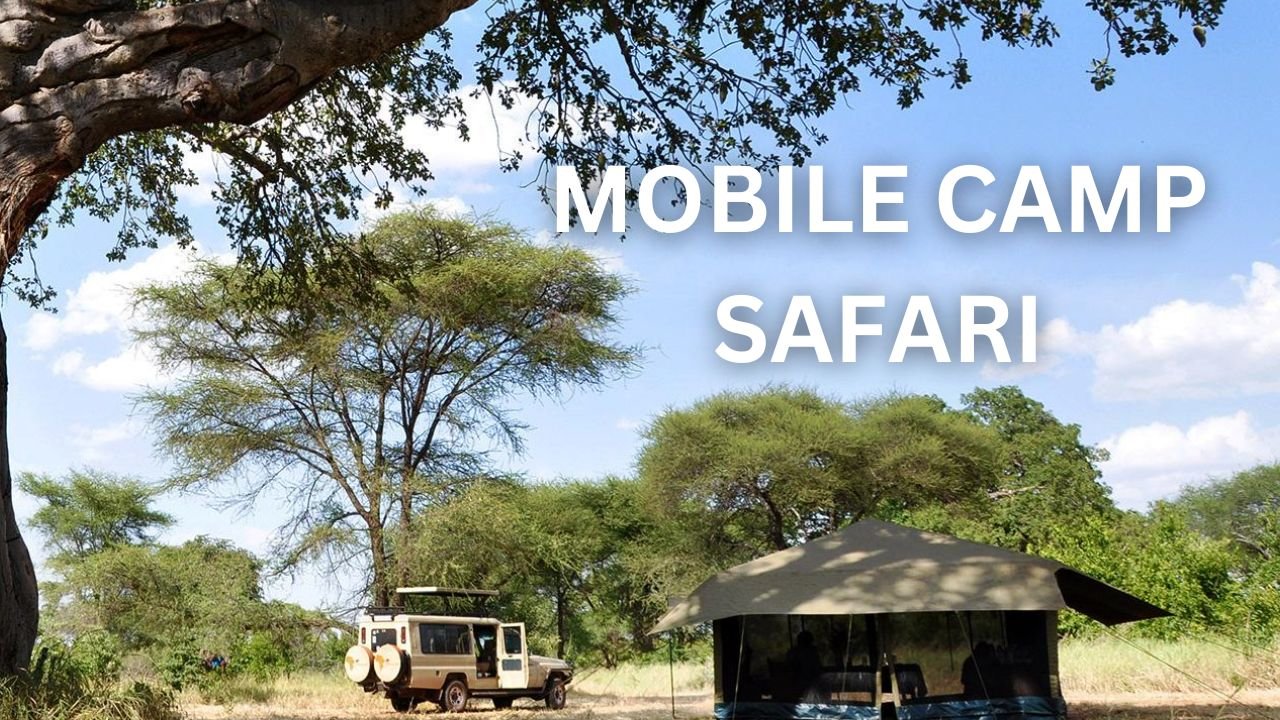
Nestled in the southwestern corner of Uganda, Mgahinga Gorilla National Park is a breathtaking sanctuary that forms part of the Virunga Conservation Area, shared by Uganda, Rwanda, and the Democratic Republic of Congo. Covering just 33.7 square kilometers, it is Uganda’s smallest national park, but it is undoubtedly one of its most spectacular. Often overshadowed by its larger counterpart, Bwindi Impenetrable National Park, Mgahinga offers a more intimate and equally rewarding experience for nature lovers, adventure seekers, and conservation enthusiasts. From thrilling gorilla trekking and golden monkey adventures to breathtaking volcanic landscapes, Mgahinga National Park is a hidden gem waiting to be discovered.
1. Gorilla Trekking: An Unforgettable Experience
One of the most significant attractions of Mgahinga National Park is its renowned gorilla trekking experience. Home to the Nyakagezi gorilla family, the park offers visitors a unique opportunity to see these gentle giants up close in their natural habitat. Gorilla trekking in Mgahinga is considered one of the most intimate wildlife encounters in Africa, as the park receives fewer tourists compared to other popular gorilla trekking destinations like Bwindi or Volcanoes National Park in Rwanda. The Nyakagezi family is known for its playful behavior and unique social dynamics, making every trek a new and exciting experience. The trek usually starts early in the morning with a briefing by park rangers who provide crucial information about the dos and don’ts of gorilla trekking. Visitors are then led through dense bamboo forests and lush vegetation, navigating steep slopes and rugged terrain to find the gorillas. The trek can take anywhere from one to six hours, depending on the gorillas’ location, but the reward of observing these magnificent creatures in their natural environment is worth every step.2. Golden Monkey Tracking: A Rare and Thrilling Adventure
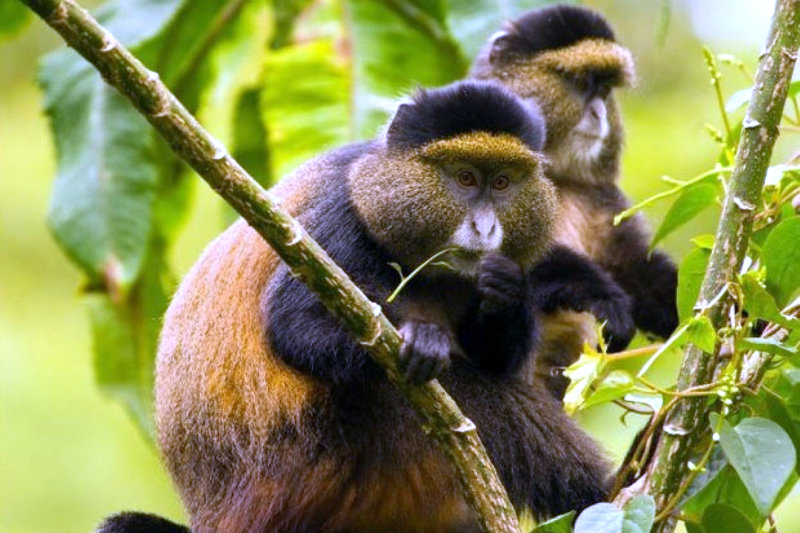 Apart from gorillas, Mgahinga National Park is also famous for its golden monkey tracking experience. The park is one of the few places in the world where visitors can track the endangered golden monkeys, a unique species characterized by their striking golden-orange fur and playful nature. Golden monkeys are endemic to the Virunga Volcanoes, and Mgahinga provides a perfect habitat for these primates, with its dense bamboo forests offering both food and shelter.
Golden monkey tracking is an exhilarating activity that starts with an early morning briefing by experienced trackers. Visitors are then guided through the forest in search of these lively creatures. Unlike gorillas, golden monkeys are highly active and tend to move around quickly, often leaping from one tree to another. This makes for an exciting and dynamic tracking experience, as you follow the monkeys through the forest, observing their feeding habits, playful antics, and social interactions.
Apart from gorillas, Mgahinga National Park is also famous for its golden monkey tracking experience. The park is one of the few places in the world where visitors can track the endangered golden monkeys, a unique species characterized by their striking golden-orange fur and playful nature. Golden monkeys are endemic to the Virunga Volcanoes, and Mgahinga provides a perfect habitat for these primates, with its dense bamboo forests offering both food and shelter.
Golden monkey tracking is an exhilarating activity that starts with an early morning briefing by experienced trackers. Visitors are then guided through the forest in search of these lively creatures. Unlike gorillas, golden monkeys are highly active and tend to move around quickly, often leaping from one tree to another. This makes for an exciting and dynamic tracking experience, as you follow the monkeys through the forest, observing their feeding habits, playful antics, and social interactions.
3. Hiking and Volcano Climbing: Explore the Virunga Mountains
Mgahinga National Park is part of the Virunga Mountains, a chain of eight volcanoes that stretch across Uganda, Rwanda, and the Democratic Republic of Congo. The park is home to three of these volcanic peaks: Mount Muhabura (4,127 meters), Mount Gahinga (3,474 meters), and Mount Sabyinyo (3,669 meters). These mountains offer some of the best hiking and climbing opportunities in East Africa, with trails that cater to both novice and experienced hikers.- Mount Sabyinyo: Often called “Old Man’s Teeth” because of its jagged peaks, Mount Sabyinyo offers a challenging but rewarding climb. The trek takes you through a series of steep ridges and deep valleys, culminating in a triple-border point where Uganda, Rwanda, and the Democratic Republic of Congo meet. Reaching the summit provides panoramic views of the surrounding landscapes, making it a perfect adventure for avid hikers.
- Mount Gahinga: The name “Gahinga” translates to “a pile of stones” in the local language, and this mountain is characterized by its gentle slopes and bamboo forests. The hike up Mount Gahinga is less strenuous, making it suitable for beginner hikers or those looking for a more relaxed climb. The summit features a swampy crater and offers spectacular views of the Virunga Mountains.
- Mount Muhabura: Known as “The Guide” because it is visible from many parts of Uganda and Rwanda, Mount Muhabura is the tallest peak in Mgahinga National Park. The climb is challenging, with steep slopes and rugged terrain, but the reward is a stunning view of the entire Virunga Range, Lake Edward, and the peaks of the Rwenzori Mountains. The hike takes about eight hours round trip and is recommended for experienced hikers.
4. Cultural Encounters: Discover the Rich Heritage of the Batwa People
A visit to Mgahinga National Park is incomplete without experiencing the rich cultural heritage of the Batwa people, the original inhabitants of the forest. Known as the “keepers of the forest,” the Batwa are a Pygmy community with a unique way of life that has been closely linked to the forest for centuries. After being evicted from the forest when Mgahinga was gazetted as a national park in 1991, the Batwa now share their traditions, knowledge, and stories with visitors through cultural encounters. The Batwa Trail Experience offers a fascinating insight into their traditional practices, such as hunting, gathering medicinal herbs, making fire, and crafting bamboo cups. Visitors are guided through the forest by Batwa guides who share their knowledge of the forest, its flora and fauna, and their spiritual beliefs. The trail ends with a visit to the sacred Garama Cave, where the Batwa once performed traditional ceremonies and rituals. This cultural encounter not only provides a deeper understanding of the Batwa’s way of life but also supports their community through sustainable tourism.5. Birdwatching: A Paradise for Avian Enthusiasts
For birdwatchers, Mgahinga National Park is a true paradise, boasting over 180 species of birds, including several Albertine Rift endemics. The park’s diverse habitats, ranging from bamboo forests to montane woodlands, provide a rich environment for a variety of bird species. Some of the notable birds to spot include the Rwenzori turaco, the handsome francolin, the dusky crimson-wing, and the regal sunbird. Birdwatching in Mgahinga is an exhilarating experience, especially in the early morning when the park is alive with bird calls. Guided bird walks are available, led by knowledgeable guides who help identify and locate different species while providing insights into their behavior and habitats. Whether you are a seasoned birder or a novice, Mgahinga offers an unforgettable birdwatching experience. 6. Conservation Efforts: Protecting Uganda’s Pristine Wilderness Mgahinga National Park plays a vital role in the conservation of the Virunga ecosystem, which is home to numerous endangered species, including the mountain gorilla and the golden monkey. The park is managed by the Uganda Wildlife Authority (UWA) in collaboration with local communities and international conservation organizations. Together, they work to protect the park’s unique biodiversity while promoting sustainable tourism that benefits both wildlife and the local communities. Visitors to Mgahinga can contribute to these conservation efforts by adhering to park guidelines, supporting local businesses, and participating in conservation programs. By choosing Mgahinga as a destination, you are helping to preserve Uganda’s pristine wilderness for future generations.7. Practical Information: Planning Your Visit to Mgahinga National Park
- Getting There: Mgahinga National Park is accessible by road from Kampala, a journey that takes about 8 to 10 hours. Alternatively, visitors can fly from Entebbe International Airport to Kisoro Airstrip, a short distance from the park.
- Accommodation: There are several accommodation options near Mgahinga, ranging from budget campsites to mid-range lodges and luxury eco-lodges. Popular choices include the Mount Gahinga Lodge, Kisoro Tourist Hotel, and the Traveler’s Rest Hotel.
- Best Time to Visit: The best time to visit Mgahinga National Park is during the dry seasons, from June to September and December to February, when trekking conditions are more favorable, and wildlife is easier to spot.
